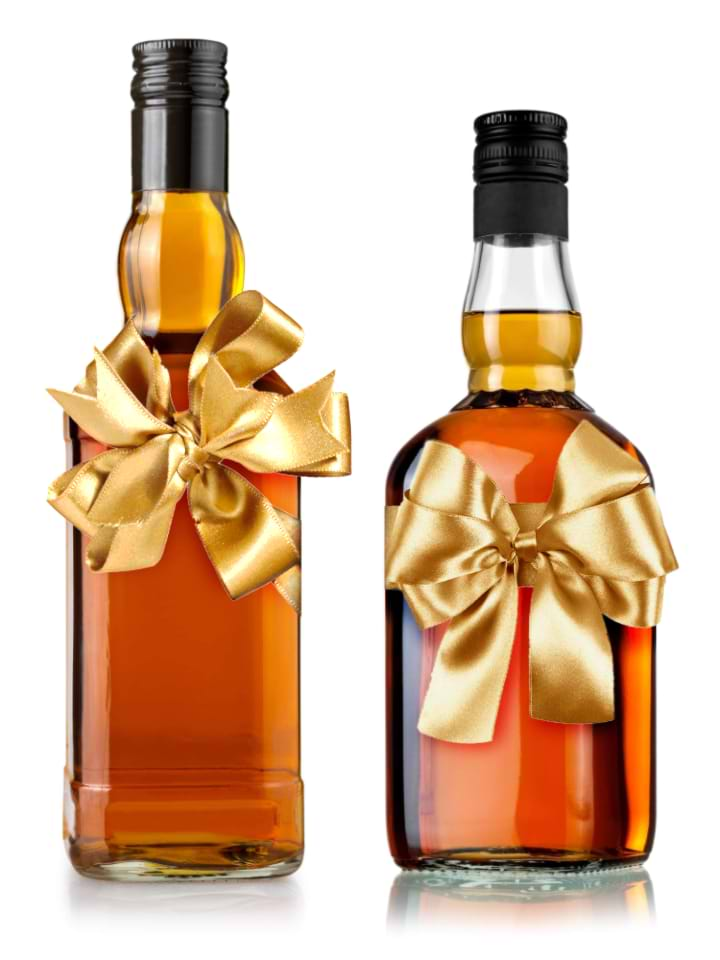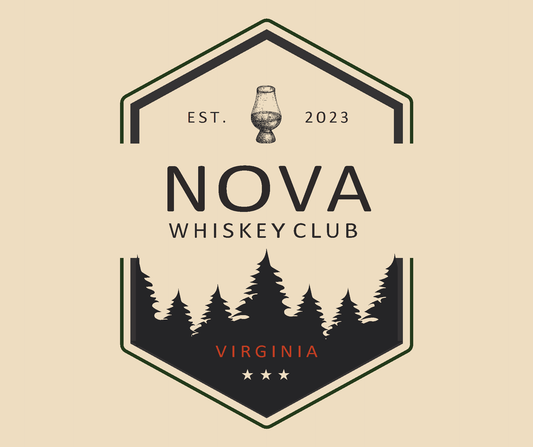
Although you may be familiar with the many different types of whiskey, did you know that the cask or barrel choice contributes the most to determining the final flavor? It’s true. There are many aspects that can define the overall taste of whiskey, but the type cask is crucial as maturation is the most influential part of the process. The type of wood, age, size and previous liquid in the cask all matter as experts say 60-80 percent of the taste comes from the barrel. Simply put, different barrels offer different flavors.
But first, is it cask or barrel?
The first thing to note is that all barrels are casks, but not all casks are barrels. So the term “barrels” is not a catch-all for any vessel that is used to age whiskey. A “barrel” is actually referred to as a 50-53 gallon cask that is often made of white oak. The all-encompassing term for the vessel in whiskey literature is “cask.”
Types of wood used
There are two different types of wood that are used for whiskey casks: American white oak or European oak. The American white oak grows fast, which makes it less expensive than the European oak. American oak produces a sweeter taste with notes of vanilla and caramel, which is a typical Bourbon flavor. European oak has a spicy taste and overall stronger wood notes. European oak contains Gallic acid and the resulting whiskey has a slightly bitter taste.
Size of the cask
The size of the cask can vary but a general rule of thumb is that the bigger the cask, the longer it takes for the liquid to mature. There are typically three types of sizes:
- Big: over 400 liters or 132 gallons
- Medium: 200-400 liters or 53-106 gallons (standard Bourbon barrel is this size)
- Small: less than 200 liters or 53 gallons (a quarter cask is in this range)
Charring and toasting
Before any liquid is put inside a new oak cask, it goes through a heat treatment which is called toasting. The toasting process caramelizes the wood sugars and produces the vanilla and caramel notes (or spices when using a European oak cask). Eventually the flavors get mixed in with the liquid.
The next step is to char the casks. All casks are toasted, but not necessarily charred. The charcoal inside of the cask helps to mellow the sharp flavors from distillation. Distilleries have different levels of charring based on preferences. For example, bourbon barrels are often charred for anywhere from 40 seconds to three minutes. The higher the char level, the more it allows the spirit to seep into the pores of the oak.
Refill vs. first fill
You may be wondering, does a barrel or cask only get used once? Oak casks can contain whiskey for many decades but over the years the aroma the whiskey absorbs decreases. Therefore, the whiskey stored in a new cask absorbs the most aromas. Bourbon is one type of whiskey that is stored in a cask for the first time and is aromatic enough to be bottled after only two to five years. By playing around with different cask types and sizes, distillers can create many layers of flavors.









